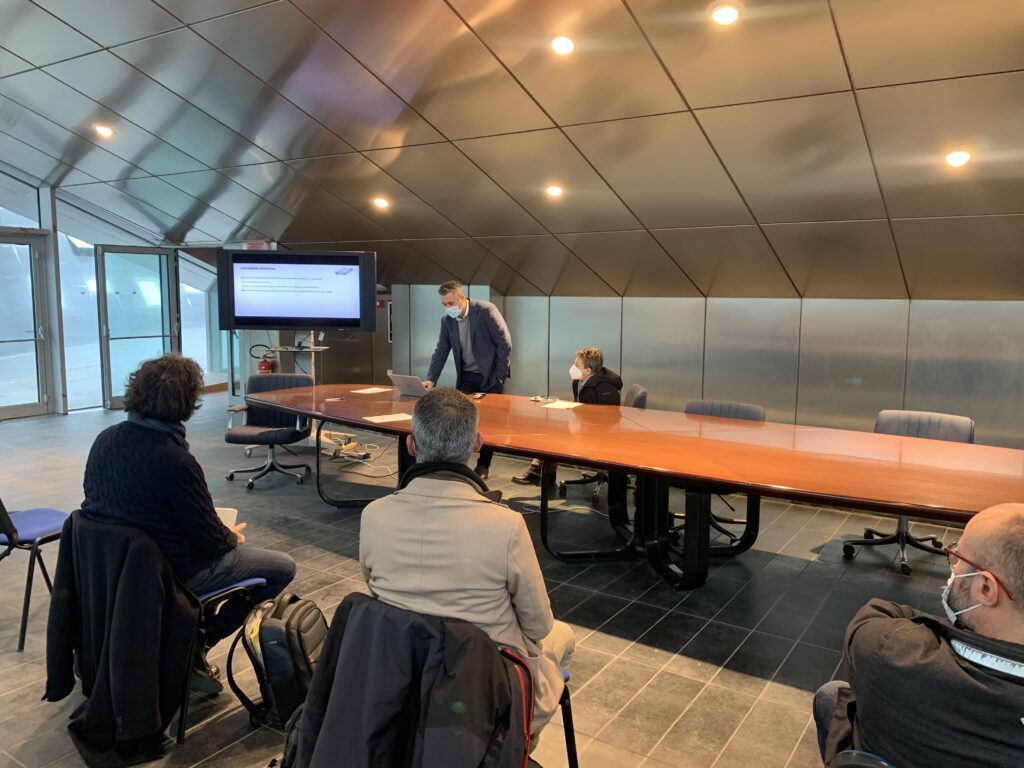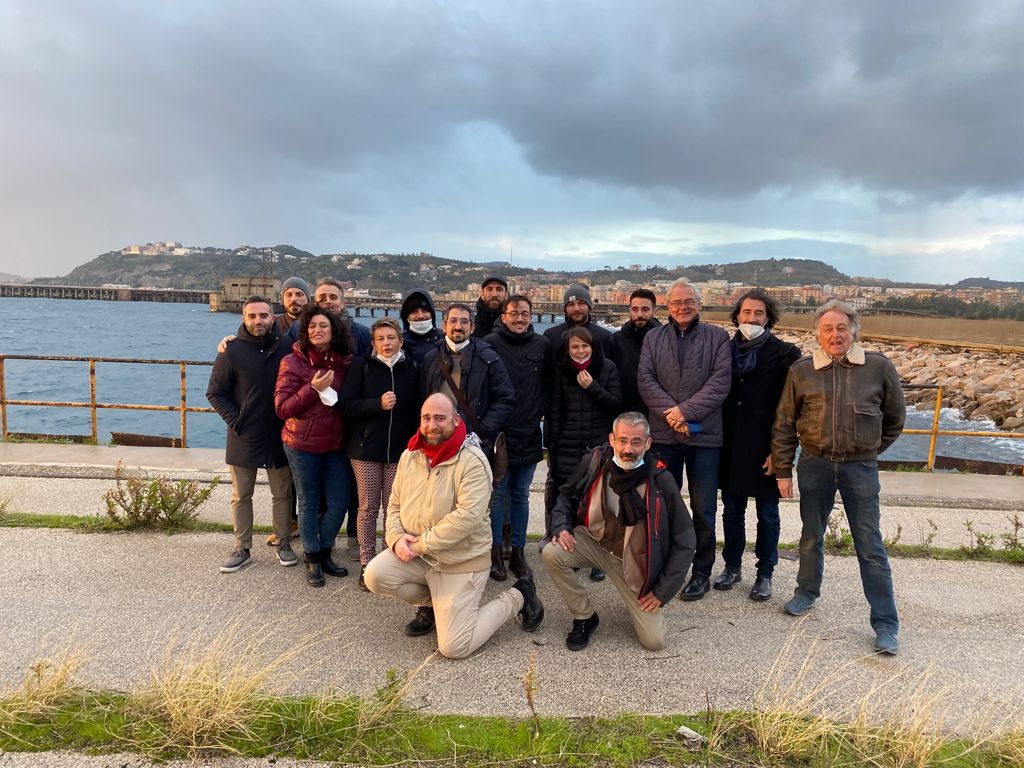Nisida Environment Among Key Partners of the LIFE Sedremed Project for Coastal Sediment Remediation


Bagnoli, Italy – Nisida Environment is part of the multidisciplinary and cross-sector consortium leading the LIFE Sedremed project, a European Union-funded initiative for the remediation of contaminated coastal sediments. The project involves seven partners from Belgium, Finland, Germany, and Italy, bringing together scientific, technological, and institutional expertise to tackle the complex challenge of environmental remediation.
An International Consortium for Environmental Innovation
The project is coordinated by the Stazione Zoologica Anton Dohrn, in collaboration with Invitalia, the Italian Government's National Agency for Investment Attraction and Enterprise Development, responsible for the remediation of the Bagnoli-Coroglio National Interest Site.
The project's technology providers include Idrabel (Belgium), specializing in environmental decontamination biotechnologies, and Ekogrid (Finland), a developer of electrokinetic technologies for soil and sediment remediation.
Scientific monitoring is entrusted to the Università Politecnica delle Marche (UNIVPM) and Isodetect GmbH (Germany), an expert in advanced methodologies for tracking biodegradation.
The project officially launched in December 2021 with a kickoff meeting in Bagnoli, at La Porta del Parco.
Nisida Environment’s Role and Project Objectives
Nisida Environment plays a central role in coordinating replication, technology transfer, and dissemination of project results. It will also be responsible for establishing the MEDREHUB (Mediterranean Remediation & Innovation Hub), in collaboration with Stazione Zoologica Anton Dohrn and Invitalia, with the goal of fostering innovation and synergies in the environmental remediation sector.
Another key aspect of its role is community outreach and engagement, ensuring transparency in ongoing activities and encouraging public participation in the remediation process.
LIFE Sedremed aims to demonstrate the effectiveness of an innovative method for coastal sediment remediation, based on a combined bioremediation and electrokinetic system. The prototype utilizes microorganisms and electric currents to stimulate the chemical reactions necessary for marine sediment decontamination, reducing the presence of organic pollutants and heavy metals.
The project also includes the development of an innovative monitoring plan, serving as a control tool for both project partners and citizens, ensuring a transparent and participatory remediation process.
For more information: https://life-sedremed.eu/it/homepage/



